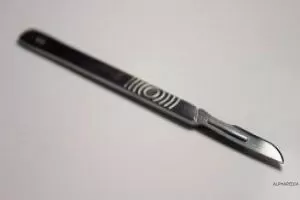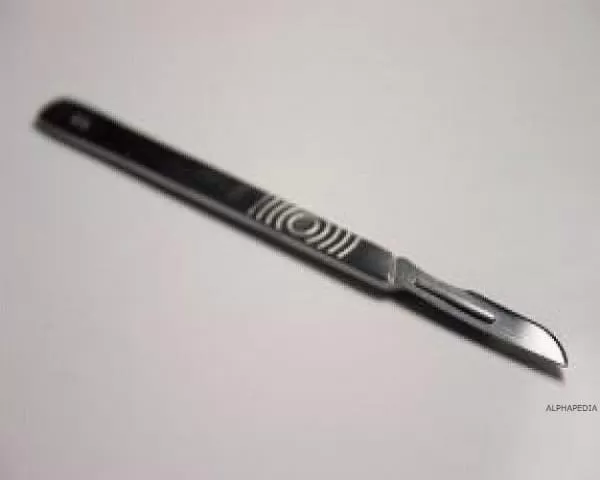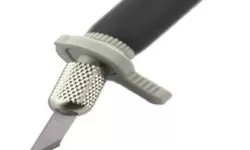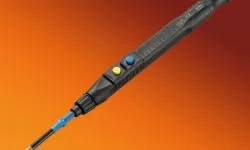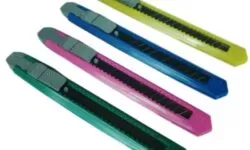What Is the Diamond Knife ?
The diamond scalpel was invented by Venezuelan physician and scientist Humberto Fernández Morán in 1955. Thanks to his invention there was a significant growth in the field of electron microscopy, goldsmithing, medicine and space research.
Diamond scalpels are reusable instruments, consisting of a diamond handle and blade. The blades are made of natural diamond or synthetic diamond and measure between 100 and 200 m thick; the handles are made of titanium.
Synthetic diamonds have many practical uses, even in surgery. A diamond scalpel blade is 40 times sharper than a steel blade and stays sharper longer, making it perfect for microsurgery. Even better, a fiber optic laser directed through the blade can seal incisions to control bleeding.
Diamond Scalpel Applications
Diamond scalpels are used to make ultrafine cuts in lunar samples brought by astronauts in order to study their composition and morphology.
The use of diamond knives in eye surgery is also very common. Diamond scalpels are designed for various eye operations. Scanning electron microscopy is used to evaluate and compare the morphology of corneal incisions made with diamond blades designed for eye surgery.
The diamond knife cuts smoother leaving the epithelial surface relatively intact and the underlying stroma cleanly separated. A diamond knife is created from high quality, precision engineered materials. The high quality of the design makes the knife extremely durable, making the product difficult to damage when handled properly.
Simply put, gem-quality diamond knives are the best tool for creating an incision in the eye. Diamond knives offer very little tactile sensation due to their superior edge. Sharper diamond blades create wounds that lose less and provide superior wound healing.
In turn, diamond knives can be used for repeated surgeries and cope with the rigors of routine sterilization. The diamond blade is also the sharpest blade available to the ophthalmic surgeon, regardless of the shape of the individual blade type.
It is one of the most accurate instruments available to the medical profession. Finally, there is also a great cost advantage over the use of diamond blades compared to disposable blades due to their reusability.
To take into account:
- Diamond scalpels should be thoroughly cleaned and sterilized before use.
- Diamond scalpels should also be cleaned and then sterilized after each subsequent use.
- Diamond blades should never come into contact with other instruments. Therefore, special care should be taken during surgical operations to ensure that the blades do not come into contact with instruments such as tweezers or other sharp surgical instruments.
- Make sure that diamond blades are not damaged before use. Damaged diamond scalpels should not be used. Blades can be resharpened.
- After each use of a diamond scalpel, care should be taken to ensure that the blade is retracted into the handle, using the pressure mechanism or bayonet.
Clean
- Immediately after using a diamond scalpel, the blade should be rinsed with water using a 20 ml spray, avoiding cellular particles or viscoelastic materials that adhere to the blade.
- Dirt on the titanium handle can be removed with a small soft brush. Care must be taken to ensure that the blade has been retracted into the handle.
Precautions
- Read instructions before use.
- Diamond scalpels are not sterile and must be sterilized.
- Diamond scalpels should be delivered to surgeons with the blade retracted and delivered by them with the blade in the same position. They should not be placed open in the instrument tray.
Related Topics
Other Laboratory Materials and Instruments in ALPHAPEDIA
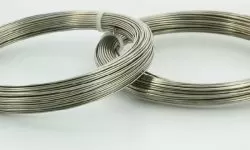
PLATINUM WIRE: What Is It ? Its Function and Price

CRYSTALLIZER: Definition, Use, Function and Characteristics

LABORATORY EQUIPMENT: Names and Functions
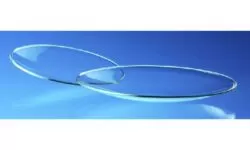
WATCH GLASS PRICE

MINILAND SCALE: Prices and Offers

USE OF VOLUMETRIC FLASK
Other Products of Interest in ALPHAPEDIA
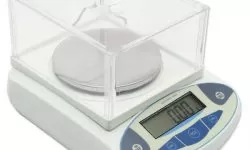
LABORATORY BALANCE: Definition, Use and Parts

PRICE OF FLY SPRAY CONCENTRATE FOR HORSES

ORBITAL BLACK AND DECKER SANDER: Great Price on Qualified Products

ELECTRIC FLY SWATTER PRICE
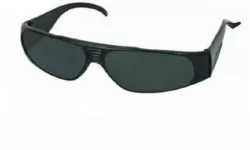
TYPES OF SAFETY GLASSES
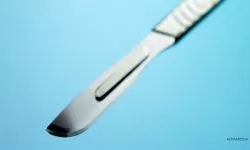
SCALPEL PRICE: Reviews and Offers
Image of DIAMOND KNIFE
